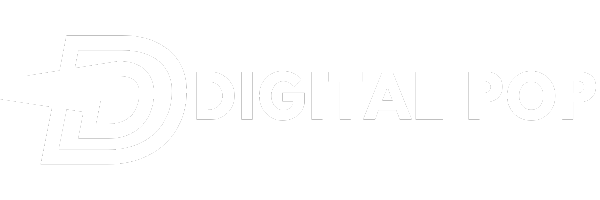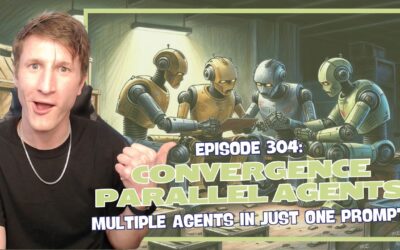In this episode, we explore two trending buzzwords in the AI community: “vibe coding” and “vibe marketing.” Vibe coding refers to the practice of using AI to generate code through natural language prompts without deep technical knowledge, popularized by Andrej Karpathy. We discuss its advantages for marketers creating lead-generating tools, but also highlight significant security and maintenance concerns that have emerged as these applications hit the market. We then examine vibe marketing—essentially AI-enhanced marketing that most AI-savvy marketers are already doing—and offer recommendations on how marketers should approach both practices. The episode concludes with an updated stance on using AI-generated code for marketing purposes, emphasizing the need for human oversight while still embracing the potential.
Keywords
- Vibe Coding
- Vibe Marketing
- AI Code Generation
- Security Vulnerabilities
- Democratization of Development
- Rapid Prototyping
- Human Oversight
- AI-enhanced Marketing
- Lead Generation Tools
- Cursor AI
- Windsurf
- Replit
- LLMs for Coding
- Andrej Karpathy
- Natural Language Programming
- Brand Risk
- Coding Efficiency
- AI Marketing Strategy
- Web App Development
- Content Automation
Key Takeaways
Vibe Coding Defined
- Using AI to generate code through natural language prompts
- Popularized by Andrej Karpathy and trending in tech communities
- “Click fix bugs until it works” approach to development
- Eliminates need for deep coding knowledge and syntax understanding
- Powered by tools like Cursor, Windsurf, Replit, and general LLMs
- Particularly appealing to non-developers creating web applications
Advantages to Vibe Coding
- Democratization of development with lower barriers to entry
- Dramatically increased speed and efficiency in building applications
- Massively reduced workload for creating functional tools
- Rapid prototyping and iteration capabilities
- Ability to make changes quickly using natural language
- Particularly well-suited for small-scale, lower-risk projects
- Potential for marketers to create lead generation tools without developers
Risks and Limitations
- Security vulnerabilities from improperly implemented code
- Potential exposure of business data, API keys, and user information
- Poor reflection on brand with unprofessional implementation
- Limited control and customization capabilities
- Over-reliance on AI without understanding the underlying structure
- Difficulty scaling or modifying applications in the future
- Challenges with troubleshooting when problems arise
- Real-world examples of security breaches in vibe-coded applications
Recommended Approach for Marketers
- Use vibe coding to get 80% of the way there, not for complete solutions
- Always involve human oversight before deployment
- For organizations: Leverage for prototyping, then engage development teams
- For freelancers: Consider contract developers to review security
- Alternative option: Invest in education to reach coding competency
- Accept that it’s not yet mature enough for 100% reliance
- Focus on small-scale projects with limited data sensitivity
Vibe Marketing Overview
- AI-enhanced marketing strategies and content creation
- Essentially what AI-savvy marketers are already doing
- Using AI to generate content, develop strategies, and create outreach
- Iterative collaboration between marketer and AI tools
- Less security risk but still requires human oversight for brand protection
- Extension of existing best practices in AI-assisted marketing
- “New buzzword for what we’ve been doing all along”
Practical Applications
- Creating lead generation tools and web applications
- Developing marketing automation systems
- Rapid prototyping of interactive elements
- Generating content at scale with AI assistance
- Streamlining strategy development through AI collaboration
- Building simple tools for audience engagement
Links
https://grok.com/share/bGVnYWN5_9708e962-1308-437e-9055-1a569aa8c0db



